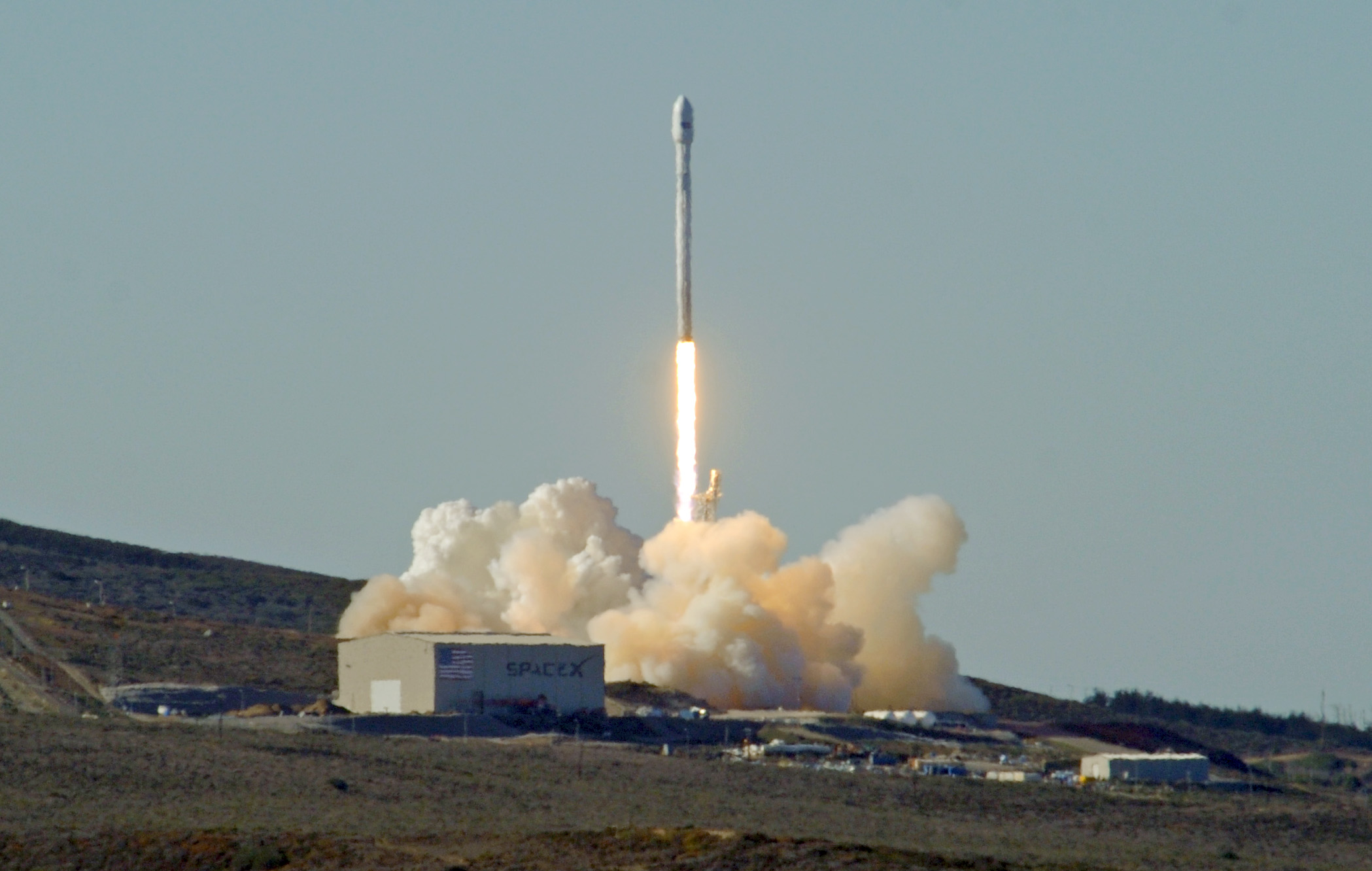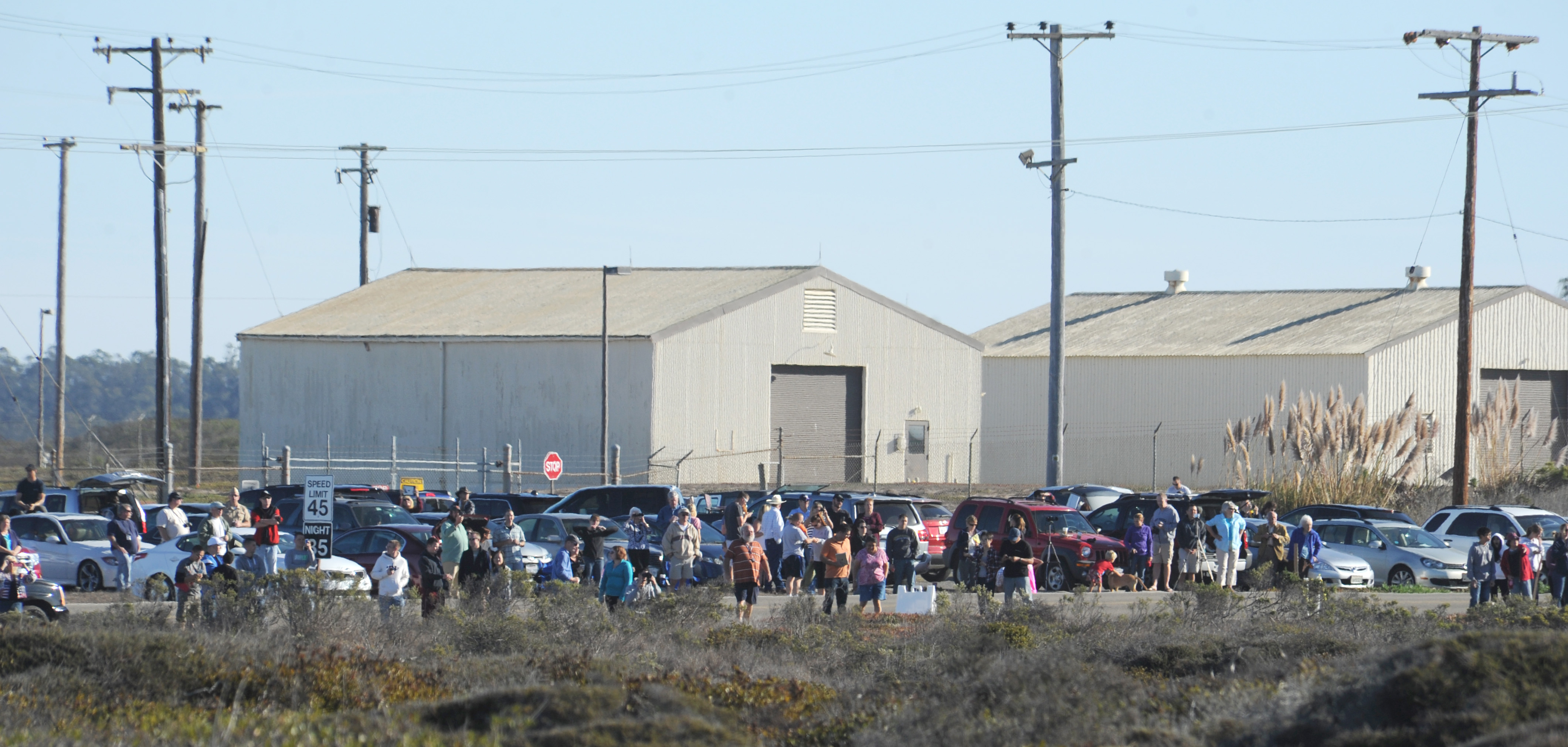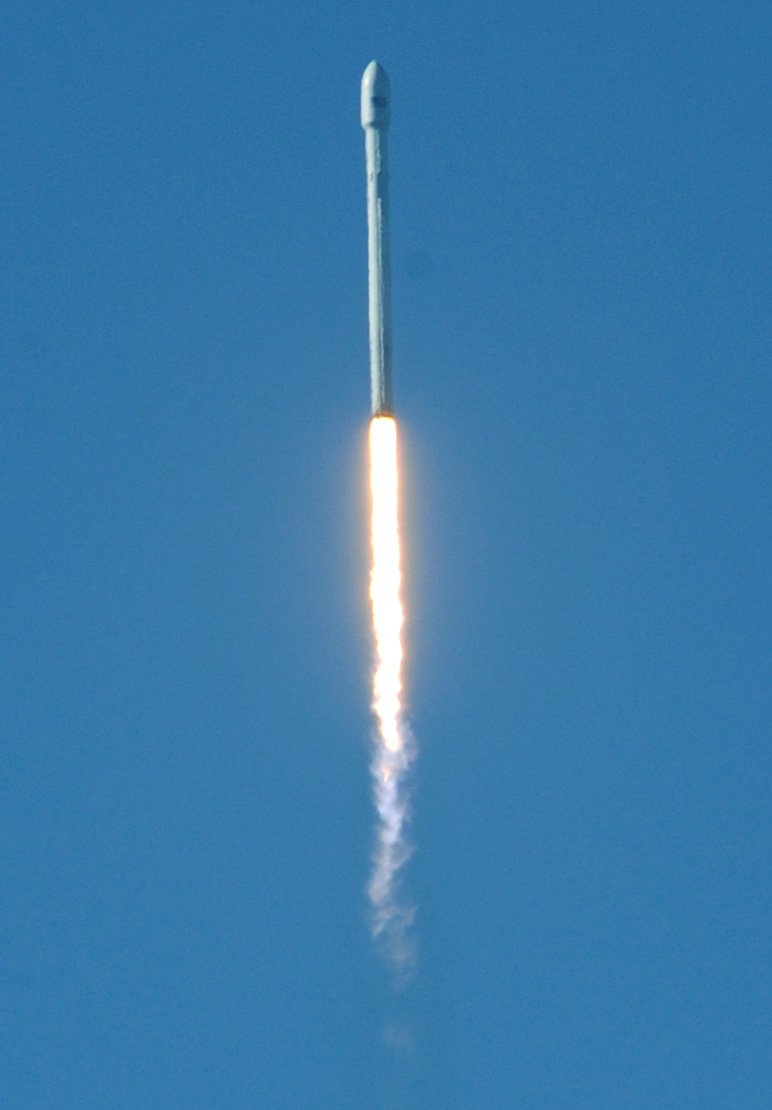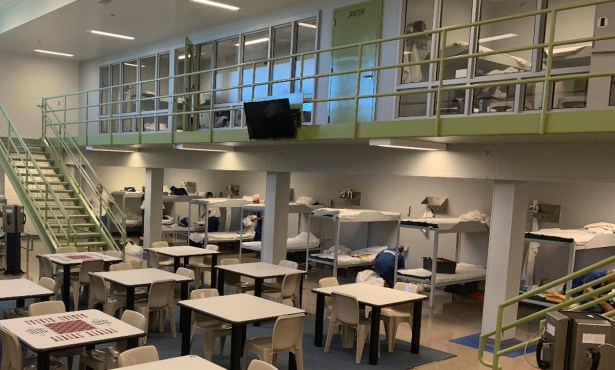SpaceX Launches First Rocket from Vandenberg
Commercial Space Travel Giant Plans More Missions from SoCal Air Force Base

It was one small step for commercial space travel, but it was a giant leap for the star-shooting company that shuttles private satellites into orbit and is developing reusable rockets to put people on Mars in 10-20 years.
Sunday morning at 9 a.m. under a perfectly clear sky, Space Exploration Technologies Corporation — better known as SpaceX — launched its upgraded Falcon 9 rocket from Vandenberg Air Force Base in a “demonstration mission” that released a small Canadian research satellite above Earth. Because the launch was technically a test of the new rocket and had a 50 percent chance of failing, the client — MacDonald, Dettwiler and Associates (MDA) — got a big discount at $10 million; SpaceX normally charges $56.5 million for such services.

The mission was SpaceX’s first from the Southern California base — five Falcon 9s have taken off from its Cape Canaveral launchpad — and the Hawthorne-based company’s manifest says it has 12 more Vandenberg launches planned for the next four years. SpaceX broke ground on the Vandenberg launchpad in July 2011 with a visit from Lieutenant Governor Gavin Newsom who said the venture would help reverse the downward trajectory of U.S. space travel. Since then, the company has added 50 missions to its schedule, representing close to $5 billion in contracts, and signed a $1.6 billion deal with NASA to fly cargo to and from the International Space Station. Now in its 11th year, SpaceX has around 3,000 employees, a few dozen of whom are stationed at Vandenberg
Sunday’s launch was a success, according to SpaceX and MDA representatives. “It was an amazing flight,” John Insprucker, Falcon 9 product manager, said in a company webcast. “There’s tons of data coming back. It looks like it was a picture-perfect flight; everything was looking good, right down the middle of the track.” Perched on the nose of the 224-foot-tall rocket, the couch-size MDA satellite was deployed 14 minutes into the 17,000 mph flight and is beaming back data on how space storms affect radio communications and GPS navigation. Four smaller research devices were also released that will measure solar flares, calculate the drag on satellites in low orbit, and improve GPS accuracy to the millimeter level. In two to three years, the Falcon 9 — named after the Millennium Falcon in the Star Wars series and for its nine liquid oxygen-burning engines — will be fitted with a modified Dragon capsule to carry humans.

“Launch was good,” Elon Musk, SpaceX’s founder, CEO, and lead engineer, tweeted Sunday. “All satellites deployed at the targeted orbit insertion vectors.” Before the launch, Musk said that he hoped to recover the Falcon 9’s first stage cylinder after it dropped back to Earth, firing its engines to slow its descent speed to near zero before it splashed into the Pacific Ocean a few hundred miles south of Vandenberg. Musk gave the recovery plan a 20 percent chance of succeeding, which turned out to be a fair prediction as the recovery system failed and the equipment was lost. This time, though, the first stage made it back through the atmosphere before it smashed to pieces on the water. In all other launches, it had exploded upon reentering the atmosphere.
Musk, who cofounded PayPal, is much of the brains and money behind Tesla Motors and was the inspiration for Tony Stark in the Iron Man movies, has repeatedly said that one of SpaceX’s central goals is to create reusable rockets to dramatically drive down the cost of space travel. To that end, it recently tested its Grasshopper rocket, a 10-story space vehicle with four spindly steel legs, which rose 1,000 feet in the air then dropped back down to its launch pad in a perfectly straight line. And though Sunday’s rocket wasn’t recovered, it provided engineers a ton of usable data for the next attempt. “The most important thing, we believe have all the pieces of the puzzle,” Musk said during a teleconference. Mostly, he was pleased the Falcon 9 delivered on its promise. “It’s certainly a huge relief to have successfully delivered [the satellite] to orbit,” Musk said. “It’s been weighing on me quite heavily.”
Vandenberg officials said Sunday’s launch was part of an ongoing process to vet SpaceX to see if it’s capable of delivering larger military satellite into orbit. That market is currently monopolized by United Launch Alliance, a joint venture of Lockheed Martin and Boeing. Air Force Captain Blake Turnquist, who oversaw mission flight support, said SpaceX has worked at a frenetic speed to get its rocket in the air and challenged the military to keep up with its fast and fluid pace. More launch providers, Turnquist said, would be a good thing for the sake of competition.



